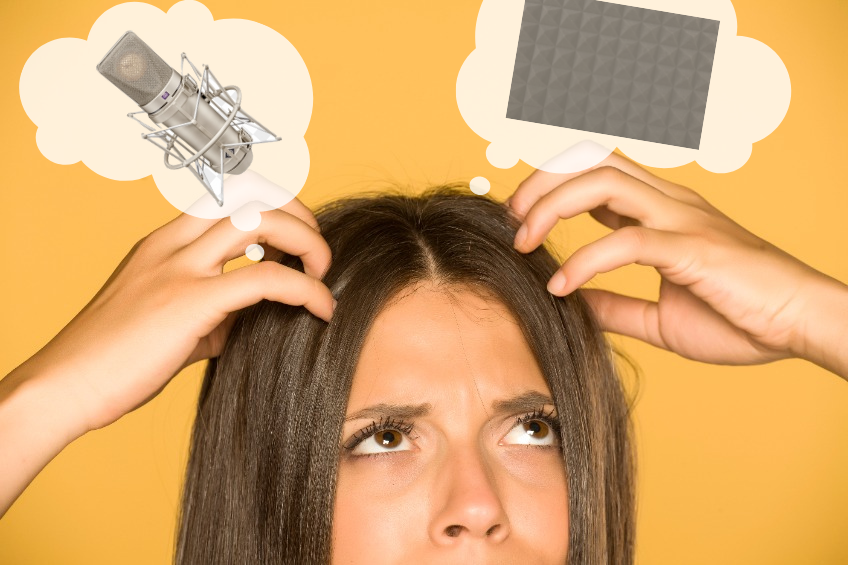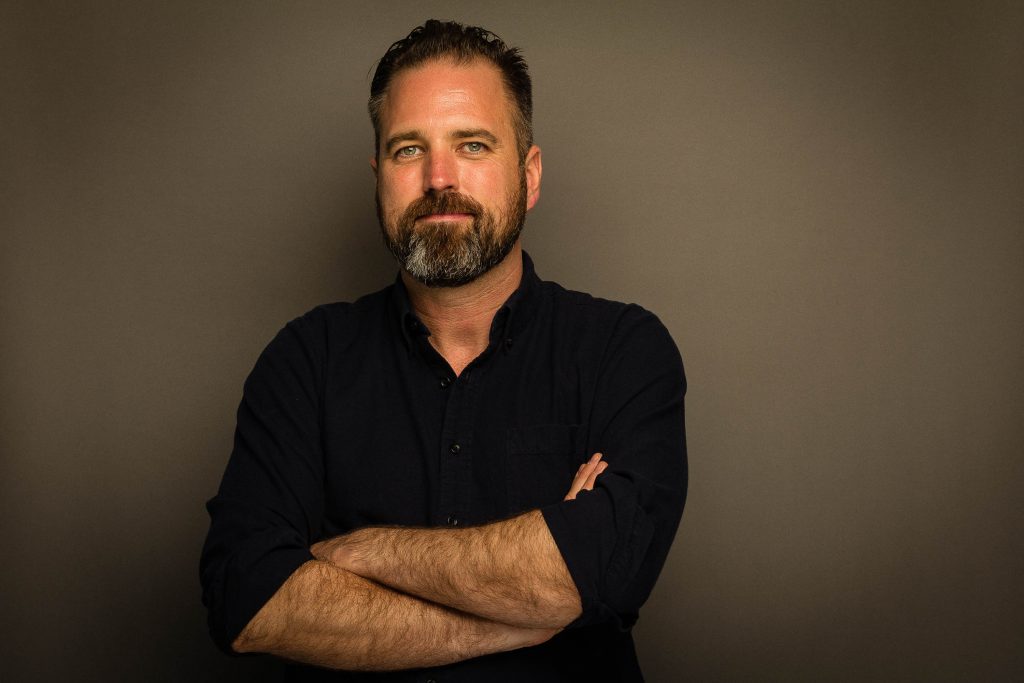What’s More Important, a Good Microphone or a Quiet Studio?
When recording voiceover, it’s definitely more important to have a quiet recording studio than an expensive microphone.
Here’s why…

Table of Contents
-
Comparison: Good Quality Microphone vs. Acoustically Treated Studio
- 1. Good mic, bad acoustics
- 2. Low-quality mic, good acoustics
- 3. Good mic, good acoustics
- Does a good microphone make you sound better?
- What is considered a good mic?
- So, why not use a cheap microphone?
- Are there any mid-range microphones that are suitable for recording voiceover?
- What is the cheapest way to acoustically treat a room?
- What do studios use for soundproofing?
- The Verdict
Comparison: Good Quality Microphone vs. Acoustically Treated Studio
It’s a head scratcher. Should you be focusing on learning how to build acoustic panels and where to source that egg carton shaped foam you see on walls in fancy recording studios? Or should you be shopping for a professional microphone?
An expensive microphone will pick up subtle details in your voice, but that same mic will also pick up background noise – and that’s not good.
On the other hand, a quiet studio will deliver a better quality recording – but you better have a good mic!
Listen to the three scenarios below and compare…
1. Good mic, bad acoustics
You can hear the furnace in the background as well as “room tone”. The quality of the voice is excellent but the background noise is embedded in the recording and can not be edited out.
2. Low-quality mic, good acoustics
In this scenario, the background noise is gone, and the focus is now on the quality of the microphone being used – in this case, a mobile phone.
3. Good mic, good acoustics
This is the ideal situation. A professional microphone has been used in an acoustically treated studio, resulting in broadcast quality audio.
Does a good microphone make you sound better?
Microphones like those found in professional recording studios can cost anywhere from hundreds to several thousands of dollars. They’re designed to pick up details in sound, like the nuances of your voice – but it’s a double-edged sword.. they’re so sensitive that they also pick up background noise (things like a furnace running, a plane flying overhead or the whir of your computer’s fan).
What is considered a good mic?
The Rode NT2-A is a very good mic that costs around $350 USD. Other microphones to consider are the Neumann U 87 and the Sennheiser 416 MKH. These are industry-standard but considerably more expensive.
So, why not use a cheap microphone?
Low quality microphones won’t pick up the character and warmth in your voice and will sound cheap and unprofessional. It is not advisable to use your laptop’s built-in mic or your mobile phone for recording voiceover.
Are there any mid-range microphones that are suitable for recording voiceover?
Yes, there are some decent USB microphones available that plug directly into your computer, such as the Rode NT-USB.
What is the cheapest way to acoustically treat a room?
If you’re on a tight budget, hanging thick blankets on the walls and putting pillows in the corners may not achieve the look of a professional studio but will help acoustically treat a room.
Some voice talent use a closet and push the coats apart, placing a mic in the middle as a way to affordably set up a quiet recording space.
You can also refer to this voiceover recording studio checklist.
What do studios use for soundproofing?
Professional recording studios will generally use a combination of acoustic foam, foam-wrapped panels and bass traps (hard foam blocks that are placed in corners to absorb low frequency pockets of bass that can build up and create a “muddy” sound).
The Verdict
So, what’s more important, a good quality microphone or an acoustically treated studio? An acoustically treated studio is more important than an expensive microphone because a good mic in a noisy environment will pick up unwanted noise, rendering the recording unusable.
An acoustically treated studio will be fairly forgiving to a low-quality microphone and although not broadcast quality, will deliver improved audio.
For best results, record with a good quality microphone in an acoustically treated environment.
If you want to compete with the professionals, you’ll need to be able to consistently deliver broadcast-quality audio, and for that you will need both an acoustically treated studio and a good quality microphone.

James Dooley is the owner of Dooley Media Works, a voiceover recording and video production company. When he’s not being the “friendly, yet authoritative” voice of brands like KAYAK, Dove Soap and Honey Nut Cheerios, he provides voiceover coaching and professional voiceover demo production for aspiring voice actors looking to succeed in the business.